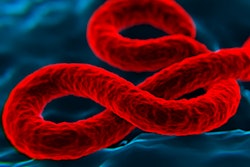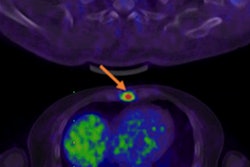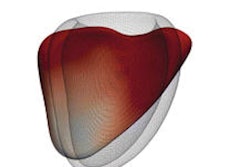Dear AuntMinnieEurope Member,
Imaging of highly infectious patients represents a massive challenge, as radiologists at London's Royal Free Hospital can tell you.
They've shared their experiences of examining repatriated health workers with confirmed disease from the Ebola virus. Staff at this famous old hospital go to incredible lengths to ensure that an infection is contained, and other facilities can learn a great deal from their approach. For the full story, go to the Digital X-Ray Community, or click here.
Depending on whom you talk to, machine learning will either spell doom for radiologists or be a critical tool to improve their value. It's time to focus on the many benefits the technology can provide, according to industry analyst Simon Harris. He explains how software applications based on machine learning are poised to take on many tedious and time-consuming tasks, giving radiologists more time to spend on value-added activities. Find out more in our new Imaging Informatics Community, or click here.
Researchers from Singapore and the U.K. have used semiautomatic segmentation of short-axis images to create a 3D model of right ventricular motion. They applied semiautomated principal components analysis to find systolic motion patterns predictive of survival and also several factors that were associated with reduced survival. Find out what they were by clicking here.
Meanwhile, an Italian group has shown that a combination of phantoms, an automatic software tool, and a statistical process are effective and applicable on a large scale to vet the image quality and reproducibility for a broad range of digital mammography systems. Visit the Women's Imaging Community, or click here.
Ensuring adherence to breast screening can require creative measures and skillful marketing. Interestingly, organizers are targeting men in adverts in Lebanon. Go to AuntMinnie Middle East, or click here. Also, we have a news report from Arab Health 2017 about CT lung cancer screening in the region. Click here to learn more.



















